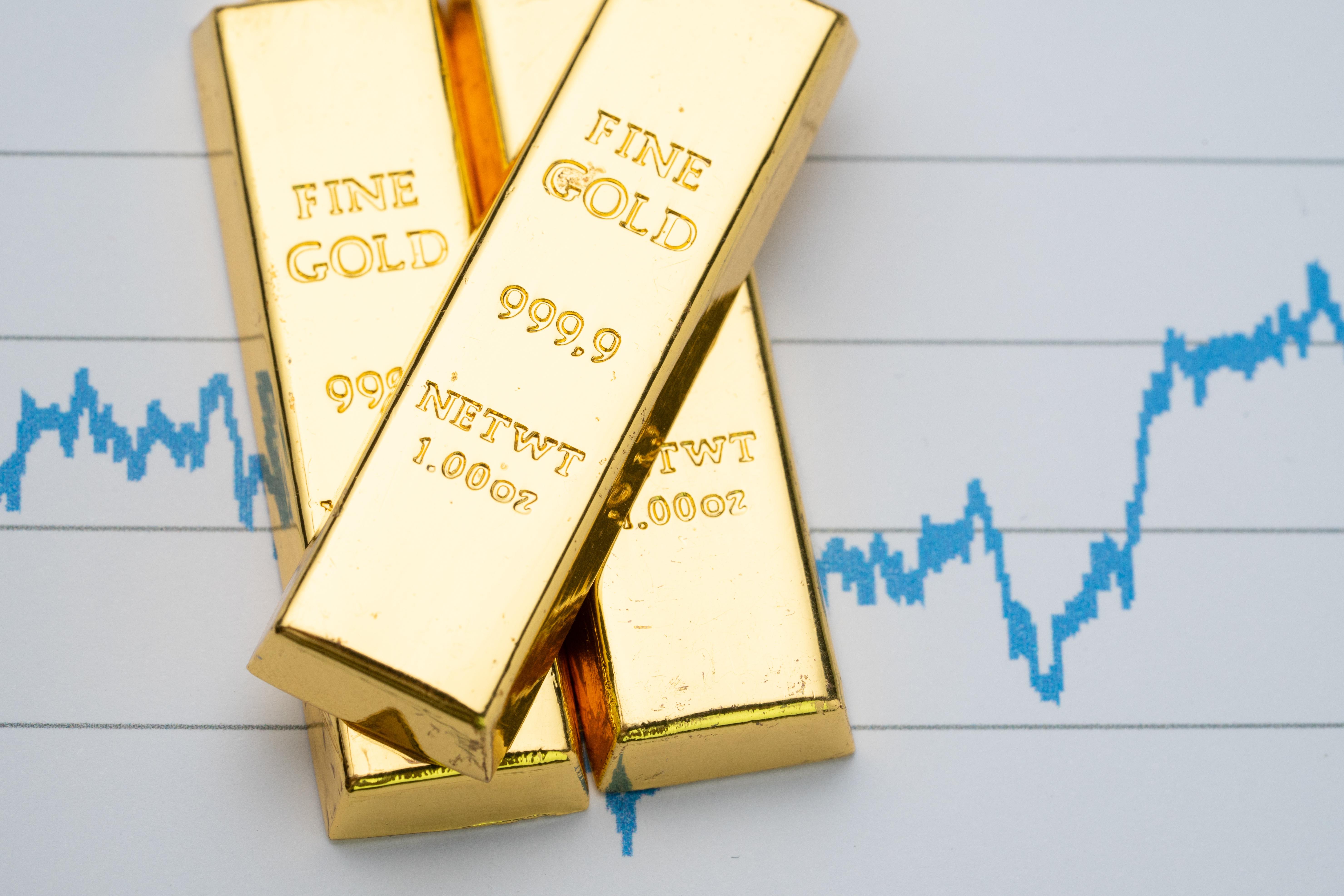Weekly Update: Trade Talk Uncertainty and Gold Prices
Last week (ended September 20), gold rose 1.1% and settled at $1,507.30 per ounce. Meanwhile, the SPDR Gold Shares ETF (GLD) rose 2%.
Sept. 23 2019, Published 5:06 p.m. ET

Last week (ended September 20), gold rose 1.1% and settled at $1,507.30 per ounce. Meanwhile, the SPDR Gold Shares ETF (GLD) rose 2%. It was the first weekly gain for gold futures after three weeks of decline. On September 14, drone attacks on Saudi Arabia’s Aramco oil facilities increased geopolitical tensions in the Middle East, boosting gold prices. US-China trade tensions also impact gold. Goldman Sachs expects equity markets to be fairly volatile next month, which could offer a good chance to go long on gold.
Trade talk uncertainty and gold prices
CNBC reports the US Department of Justice has warned that China’s economic espionage has increased, and that 80% of espionage cases since 2012 have involved China. Yesterday, US deputy assistant attorney general Adam Hickey told CNBC, “The issue isn’t that China has set out to do that. It’s that part of their industrial policy, part of the way they try to accomplish that, is state-sponsored theft or creating an environment that rewards or turns a blind eye to it.” This news might not be a good development for the US-China trade talks scheduled next month.
New legislation of the Hong-Kong crisis could worsen US-China relations. In fact, in a surprise move on September 20, Chinese trade representatives canceled some diplomatic farm visits in the US. Equity markets reacted, with the S&P 500 (SPY) falling 0.5% and gold prices rising 0.6%. Furthermore, on October 4, the Bureau of Labor Statistics is set to release September’s employment data. An unemployment rate at 3.7% or below could limit gold’s upside.
Gold and the S&P 500
This year, active gold futures have had a negative correlation of 24.9% with the S&P 500. Last month, the negative correlation between gold and equity markets surged to 60.9%. The S&P 500 had its second-worst monthly decline of the year, and active gold futures rose over 6%. This month, these two asset classes have had a negative correlation of 59.6%. The S&P 500 has risen 2.2%, and gold prices have fallen 0.8%.
Gold’s technicals and price targets
On September 20, active gold futures settled at 1.9%, 7.3%, and 11.9% above their 50-, 100-, and 200-day moving averages, respectively. However, they were 0.5% below their 20-day moving average. As of 7:50 AM ET today, active gold futures had moved above their 20-day moving average.
Prices above these key moving averages indicate bullishness toward gold. Moreover, gold’s 50-day moving average is 9.8% above its 20-day moving average. On January 23, gold’s short-term moving average moved above its long-term average, in an action known as a “golden cross.” Since then, active gold futures have risen 17.5%.
Gold’s volatility of 13.5% implies active gold futures could close at $1,483.48–$1,531.12 per ounce between September 23 and 28. Trade uncertainty could push active gold futures near the upper limit of that price forecast. The probability for this price range is 68%, assuming prices follow a normal distribution.
